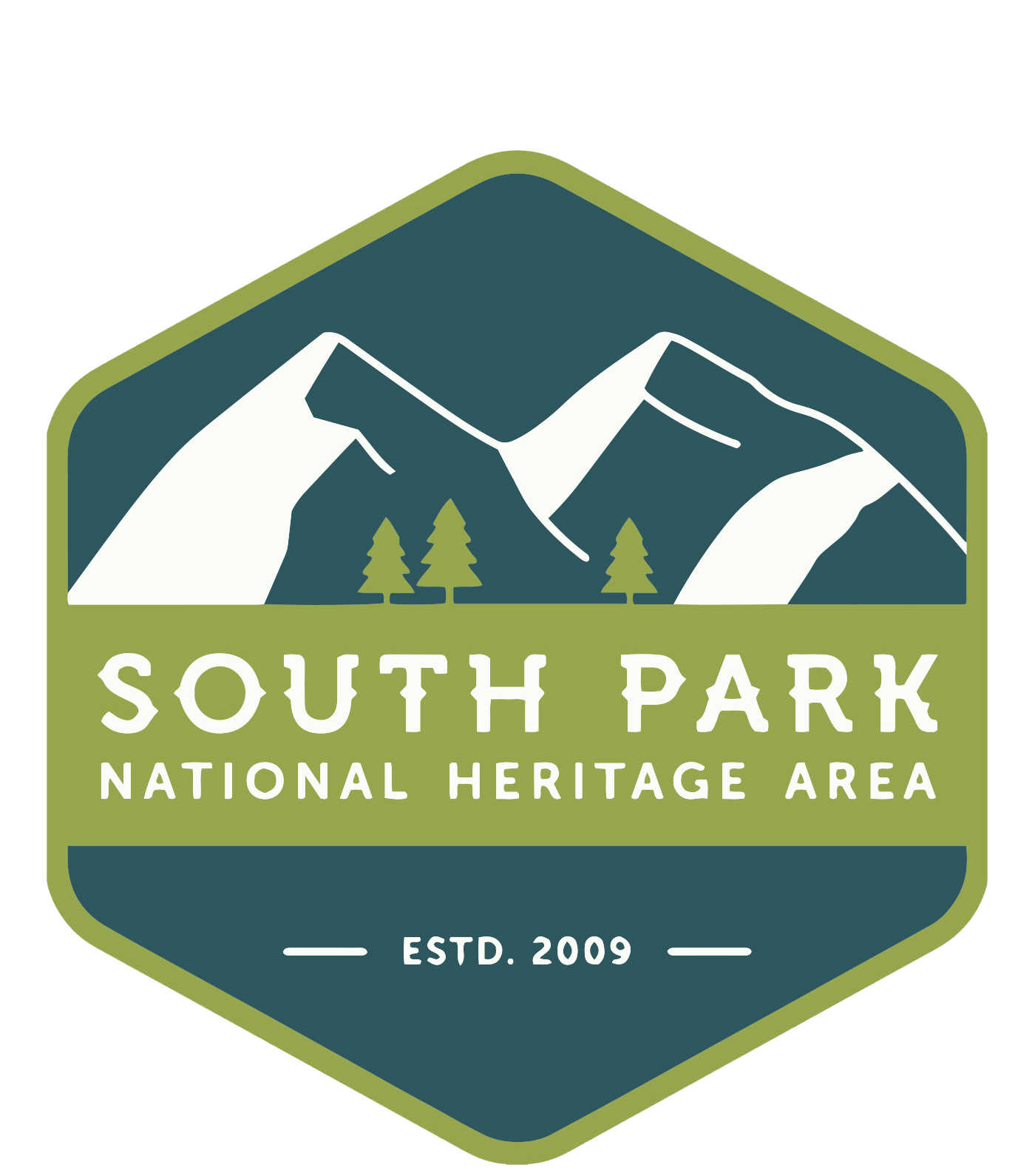 The Paris Mill is currently closed to the public. Check our Events Calendar or follow us on Facebook to find out about upcoming guided tours. The Mill will be under construction in summer 2020.
The Paris Mill is currently closed to the public. Check our Events Calendar or follow us on Facebook to find out about upcoming guided tours. The Mill will be under construction in summer 2020.
History
The Paris Mill is located on the eastern slope of the Mosquito Range in Park County, Colorado at an altitude of 11,000′. Construction of the Mill was completed in 1895 to service the Paris Mine high above Buckskin Gulch on Mount Bross. The complex ore and high altitude location of the mine, which was first discovered in 1878, hampered the profitability of the mine and so its investors constructed the Mill and tramway in order to reduce transportation and smelting costs. The Mill saw a nearly constant stream of investors throughout its first 40 years who strove to improve its profitability and retrofit the building with the latest milling technology. Unfortunately, the Paris Mine hindered these endeavors by providing ore that was increasingly difficult to process, which would shut down the entire operation for years at a time while new technology was installed at the Mill. The Mill’s period of significance begins with its construction in 1895 and continues to 1937 when major mill operations ceased. The Mill has primarily sat idle since the 1937 closure with its most recent occupation being a brief drilling operation in 1977. It was nominated to the National Register of Historic Places under Criterion A for Industry as well as Criterion C for Engineering and Architecture. The Mill is nearly complete, including its machinery, engineered systems, structural elements, and architectural aspects and is one of few intact mills remaining from this era in Colorado.
Preservation
Preservation efforts at the Paris Mill began in 2004 with its naming as one of Colorado’s Most Endangered Places. Since that time, Park County has designated the Mill as a Park County Historic Landmark, purchased the Mill, performed over $300,000 in voluntary site cleanup, funded the preparation of a Historic Structure Assessment in 2012 and in 2013 Paris Mill was listed in the National Register of Historic Places. A Master Plan for the Mill was completed in 2016 and over $900,000 has been put towards the first four phases of construction to date. The Mill’s Cyanidation Wing and Gold Precipitation Wing have both been successfully rehabilitated and stabilized while maintaining historic integrity. Window reconstruction and site grading/drainage were completed in 2017 & 2018 while Construction Documents were generated for the next two phases of work. Phase 4 was successfully completed in 2019 and included foundation rehabilitation, reconstruction and reinforcement of the East Wing, Center Section, Tower and Tank House. Additionally, the tank house was partially deconstructed and one of the two 30-foot diameter steel tanks removed by crane to a temporary location. Two 5000 lb mortar boxes (discarded and replaced by newer equipment in the 1920’s) were also removed by crane in a very complex process with little margin for error from the north wall of the center section of the Mill to display locations on the sites exterior for interpretation. Preservation efforts in 2019 also included West Wing exterior weatherproofing and the tower section was reinforced in preparation for its reconstruction next season. On the interior, temporary safety rails and walkways were installed to improve access and will allow for private tours during construction phases. Major environmental cleanup and pest management was also conducted inside the mill to prepare the building for the public as well as a security system. To close out the 2019 work season, a volunteer work day was held with volunteers from the Rocky Mountain chapter of the Association for Preservation Technology where a dilapidated non-historic equipment shed was removed. Currently, the next phase of construction slated for 2020 is Tower and East Wing Stabilization, Tank Rehabilitation, & Site Grading. The end goal is complete rehabilitation and reuse of Paris Mill as a museum for interpreting the area’s mining history.
The Paris Mill is a unique historic resource in Park County and the state. Park County, the South Park National Heritage Area, Form Works Design, JVA, RMC Excavation, Alpine Archaeology, and Wattle & Daub Contractors all continue to play a major role in this project’s success. This project is largely funded by State Historical Fund grant awards from the Colorado Historical Society. Park County has also received private donations and several smaller grants that have made this project a reality.
South Park National Heritage Area would like to thank the following organizations for their efforts to preserve the Paris Mill: Park County Office of Historic Preservation; Colorado Preservation, Inc.; Mosquito Range Heritage Initiative; Alma Foundation; Trust for Public Land; History Colorado; National Trust for Historic Preservation; and the Colorado Division of Reclamation, Mining, and Safety.
Donate
Park County and the South Park National Heritage Area are currently accepting donations for the preservation of the Paris Mill. You can donate online using the button below or mail a check to Historic Preservation PO Box 1373 Fairplay, CO 80440. Please make checks payable to Park County Historic Preservation and include “Paris Mill” in the memo line. 100% of all donations go directly towards the preservation of the mill.
